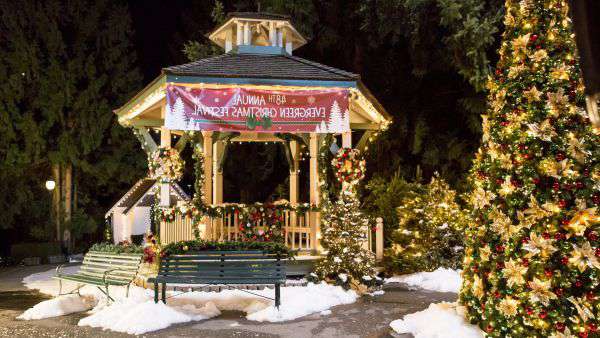Pergola Creation Drafts
Blueprints To Construct 10 Feet Gazebo - Some Amazing Hints To Make A Summerhouse Accurately

A garden pavilion not only adds structure and style to your backyard, it would help add value to your home. The right hand side of the door opening shows the frame before glass is fitted. Place the joists equally-spaced and lock them into place with hangers. You can also give it a beautiful finish by treating it with aquatic oil. Drill screws into the beam to hold them temporarily. They come in a variety of styles, so you can find an option (https://pergoladrafts.com/12-feet-octagonal-gazebo-plans-blueprints) that complements the rest of your landscape. Made of two-by-eight beams, the roof rests on four-by-four columns on one side and attaches to your home on the other.
Double-check the posts are vertical and in line with each other and that the rafter is level. The trim planks should be cut so that they hide the foundation. Check around the gazebo for any loose screws and tighten them with a screwdriver as you go. Continue moving down the rafter and marking plumb cuts, including any odd figures. You can use your own timber or purchase hardwood flooring and use a floor nailer to add it to your summerhouse. At one of the corners, place a support in the support base, but laying down on the ground. In addition, use a spirit level to check if the components are properly aligned.
At the end of one of the pieces of timber cut a 45 degree angle. Measure the exact width of your posts. Moisture in wood makes it more susceptible to rot and (get more information) mould. The decision will largely depend on the type you wish to build. However, thatched palm leaves could be used instead for a more authentic polynesian look. If you'll be adding a patio later, be sure to pour all the footings at the finished patio height as part of your pergola designs. Make sure you are not blocking any view of your own that you want to preserve.
Constructing any size pavilion is rather complicated. The second thing to pay close attention to is leveling the columns before the concrete cures. These are large structures that can fit multiple people or cover a wide space as if to define an outdoor living area or act as an extension of your home. This means it'll require extra support posts. Look forward to all future plans that you send me. Nothing dresses up a yard like adding a gazebo. Complete both holes, recheck alignment and wait two days before adding to the structure. When built correctly, a pavilion will offer a long-lasting solution to creating a shelter that will blend into any home's landscaping design.
When setting a pier, be sure to account for its height above ground and its depth below the frost line. Bring these over to the saw horses, trace out, and cut the tails, same as you did with the secondary beams. Secure the beam to the columns with pocket hole screws or Simpson mending plates. Usually made of wood, plastic or composite materials, they have a shingle, shake or metal roof with a floor, and are anchored in place to withstand wind and weather. It provides you with a space to sit and relax during the hot season. For a freestanding backyard pergola, plan to sink posts at least 3 feet into the ground.
The easiest way to do this is with a couple of tape measures and establish a 3-4-5 right triangle. Screws are driven through the saddles into the bottom of each post. Mark the cut lines and then get the job done with a saw. If the dust that naturally settles with the rain builds up too much, it can look tatty. Asphalt shingles, much like a regular roof, are the cheapest option, but homeowners also go with slate, wood shakes or tile as well. Scoop the concrete into the hole and use a stick to pack it in around the post.
In short, the angled could be found. For the door, purchase a screen or glass door and install it with its own frame. Note the layer of foamed plastic sheet acting as a damp proof course. It is a system that has worked like a charm for long term strength and durability. It started a simple stud frame with six posts, with hexagonal roof rails screwed on top. As 67spyder has noted, trapped moisture is a problem. To erect the rafters, use temporary ridge board braces. Otherwise you'll get water trapped up there, and a lot of small hungry life breeding.
